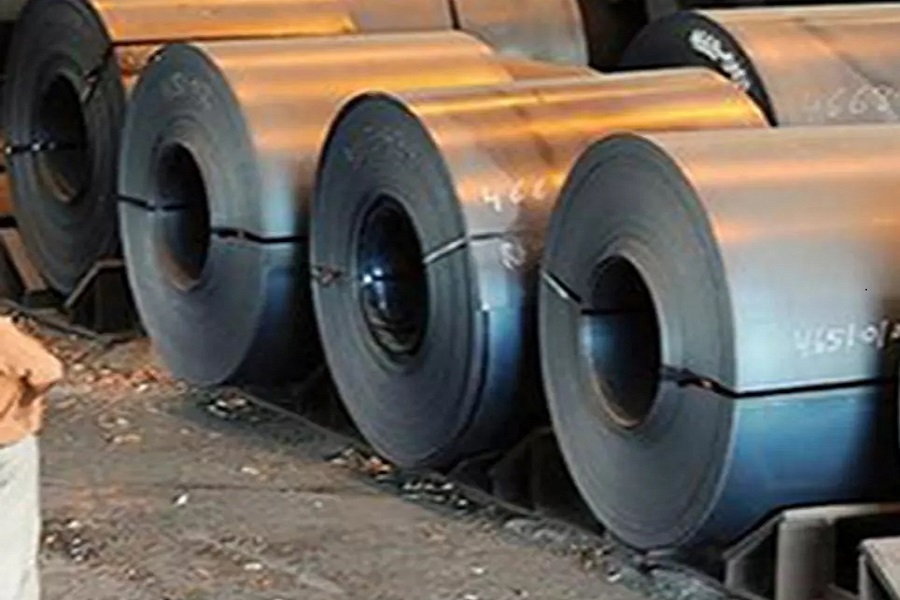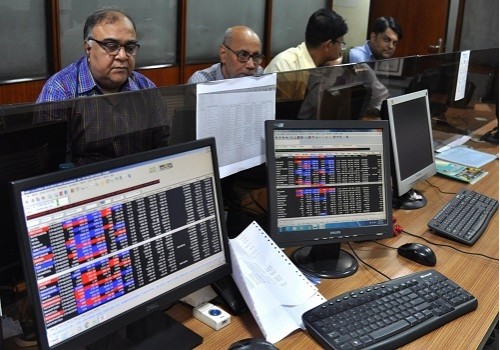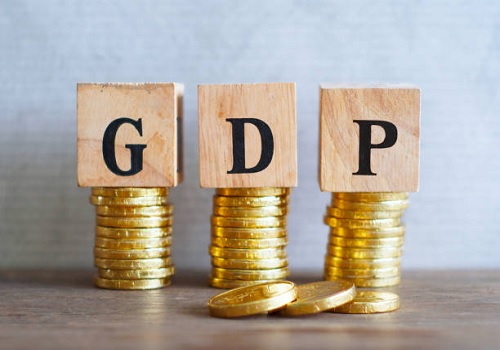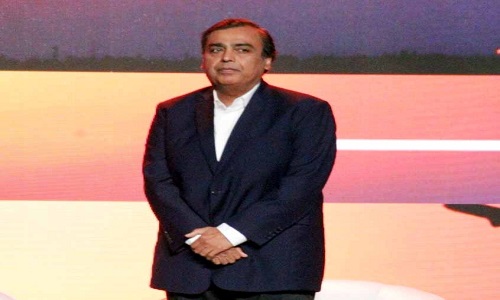Monthly Equity View October 2021 by Mr. Sorbh Gupta, Quantum Mutual Fund

Follow us Now on Telegram ! Get daily 10 - 12 important updates on Business, Finance and Investment. Join our Telegram Channel
Below are Views On Monthly Equity View October 2021 by Mr. Sorbh Gupta- Fund Manager- Equity, Quantum Mutual Fund.
S&P BSE SENSEX increased by 2.7% on a total return basis in the month of September 2021. It has had a large outperformance vs. its developed market peers such as S&P 500 (-4.6%) & Dow Jones Industrial Average Index (-4.1%).
After an aberration in August 2021, the broader market has again outperformed the S&P BSE Sensex this month. The S&P BSE Midcap Index appreciated by 6.0% and the S&P BSE Smallcap Index rose by 4.4%. With this month’s performance,the Midcap & the Smallcap index have given the return of 41.9% & 56.2% respectively on a YTD basis. The Real Estate sector stood out in September 2021 with a move of 33.1% followed by telecom at 11.1%.
Quantum Long Term Equity Value Fund saw a 1.18% appreciation in its NAV in the month of August 2021. This compares to a 3.23% appreciation in its benchmark S&P BSE 200. Cash in the scheme stood at approximately 8.3% at the end of the month. Some of the sectors like IT & Materials, where the fund has significant exposure generated lesser return than the benchmark, resulting in underperformance of the fund this month. Sharp up move in Reliance Industries (+11%) also impacted the relative performance. QLTEVF portfolio is tilted towards cyclical names like large banks, specialized NBFC, Automobiles, PSUs & Tech (global cyclical) & materials. In an economic recovery, cyclicals tend to see the highest-earning upgrades.
Festive demand will be critical
Recovery in the rainfall in September to near normal level (from -9% of long-term average at endAug’21 to -2% as of 27 th September 2021), consistent low infection rate (less than 35,000 daily) & improving vaccination coverage (17% of the population is fully vaccinated) has increased the hopes for strong consumer demand in the festive season. However, supply chain issues like semiconductor chip shortages (a critical input in automobiles & electronic goods), high freight costs & unavailability of shipping containers are something companies must overcome to reap the benefits of a plausible strong festive demand.
Strong domestic flows balance the risk of possible FPI outflows due to taper tantrums
September-21 has seen a recovery in FPI flows to US$ 1,792 mn vs US$ 284 mn in August -21. On a YTD basis, FPI inflows stand at US$ 8,828 bn. US Federal Reserve’s imminent tapering is clearly the most significant risk to capital flows in the near term. However, in the medium & long term, India’s nominal GDP growth will look better than the western world. This makes it a sought-after destination for yield & growth-seeking long term global investors. The conclusion being, strong FII inflows can continue after a brief pause. Domestic institutions are again seeing positive flows in the last few months from retail investors, thus mutual funds have remained net buyers for all the months of the current financial year barring June 2021. In September 2021, mutual funds have bought US$ 642 mn worth of equities.
Disruptions in global energy balance can stoke domestic inflation

The month of September has witnessed energy shortages in China & Europe. It has resulted in a spike in global energy prices(Table 2). India is heavily dependent on energy imports(Table1) for its domestic needs. If higher prices for these imports continue it will seep into domestic inflation via higher production & freight costs for goods & services. After a spike in base metal & food prices as witnessed in the past 6-12 months, higher energy prices will push RBI to increase the rates sooner than later. However, if the interest rate hikes happen after the economy has found its feet & is done in a calibrated fashion (it will be dependent on inflation data), it should not spook the markets beyond few days of knee jerk reaction.

After the recent rally, the benchmark indices appear expensive on a PER (price/earnings ratio) basis. However, markets are heterogeneous. Not everything is cheap or expensive at the same time (barring times of severe global dislocation like October 2008 or March 2020). Though stocks with valuation
comfort are not as easily available as was the case in March-April 2020, there are pockets of value in the broader market. Some of the financials are very well capitalized and have more than enough provisions to tide over the possible NPAs accretion due to the second wave. They have a history of strong underwriting abilities, have a decent low-cost liability franchise and are still offering decent upsides. Some of the well managed consumer discretionary names in the auto sector with a strong balance sheet & attractive return ratios also are available at good valuations. Some companies in IT & Pharma are poised to benefit from improving global economic recovery. They offer a ‘good business & attractive valuation’ combination
Existing and new investors should not be overwhelmed by index levels & noise around it (headlines like Sensex @ 60,000) but should look at valuations of portfolios, stocks & MFs one has invested or plans to invest. If the economic recovery is in place, we believe there could be a possible earning upgrade in corporate earnings. We suggest mapping the equity allocation to long term financial goals & stay put.
To Read Complete Report & Disclaimer Click Here
Above views are of the author and not of the website kindly read disclaimer










Tag News

We anticipate immense potential benefits from the upcoming Sovereign Gold Bond Tranche in FY...









